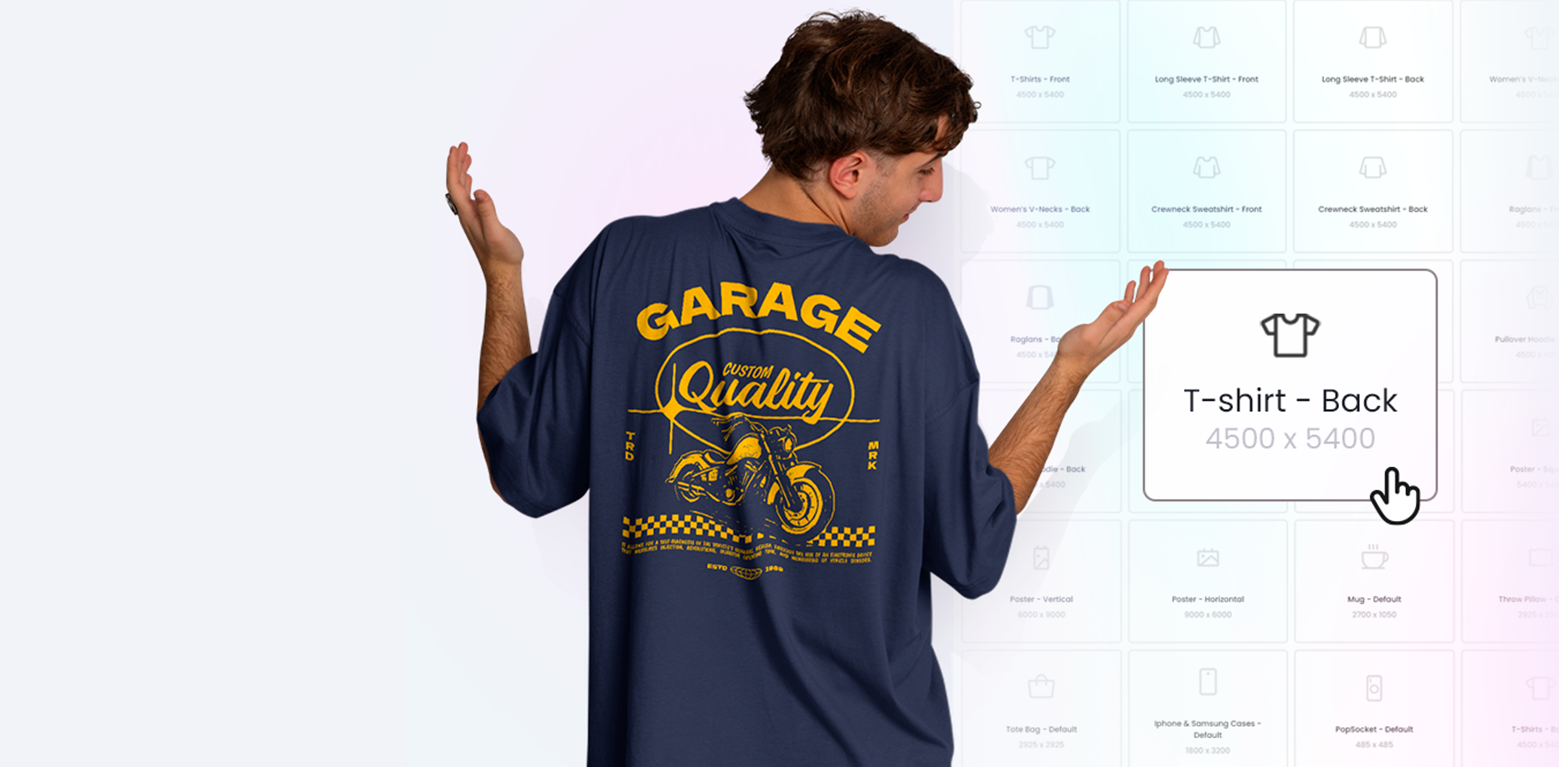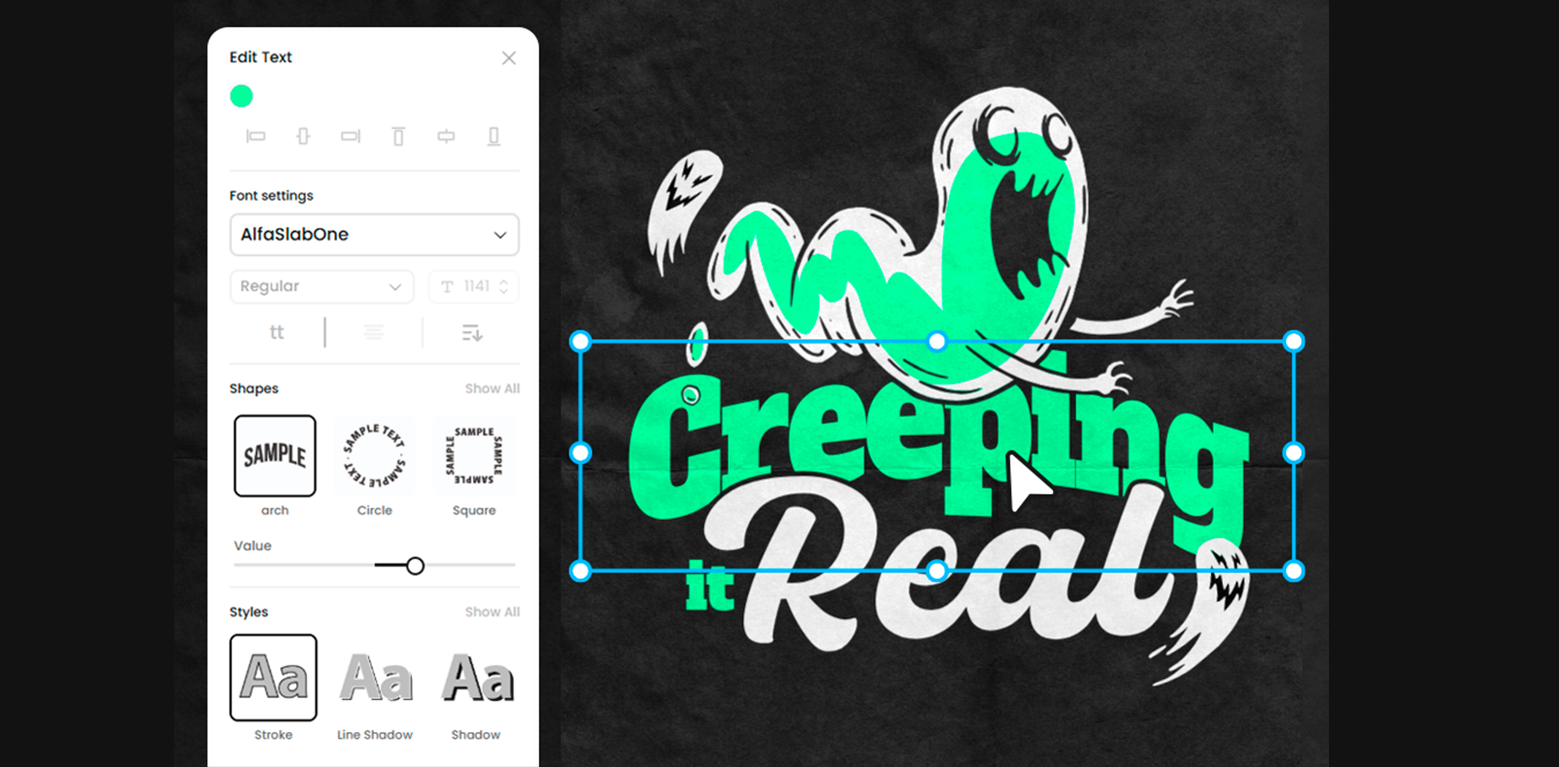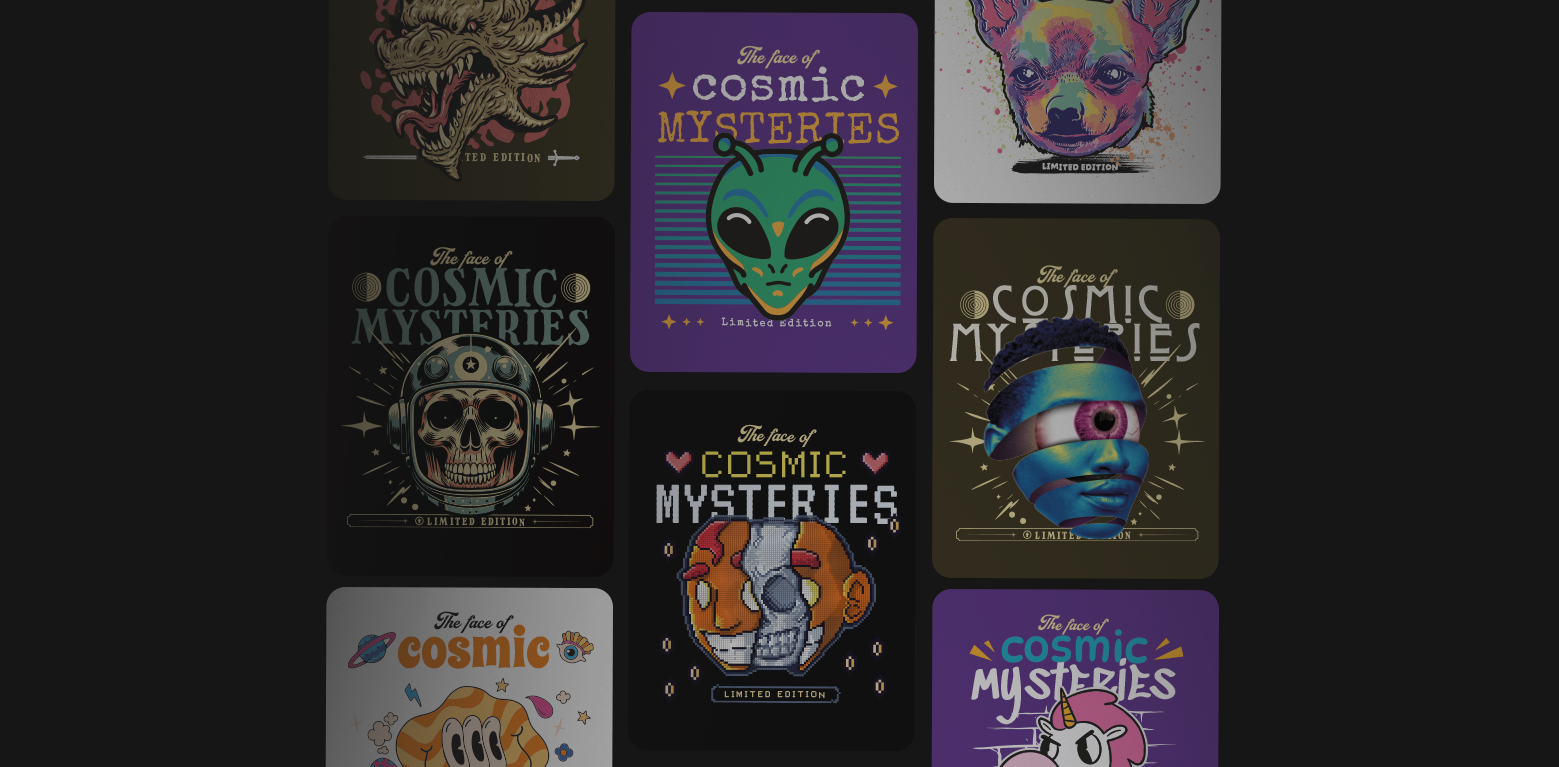Guest post by Kenny Gill
Graphic design is challenging but worthwhile. If your skills in this field are up to date or advanced, do not fret, jobs are abundant. New data by the U.S Bureau of Labor Statistics projects a growth of 5% through 2026 in this field. These projections are slower than average. Note that this fact does not guarantee a comfortable ride when you apply for a job in graphic design. You must have various skills to be a professional in the field. They are ranging from soft skills like verbal communication to hard skills such as programming. Often, I receive a steady flow of messages asking how to be a graphic designer. I answer these questions by asking them if they update their skills regularly. With technological advancements, you must have a thirst for ongoing learning.
Skills in this specific job are twofold; practical and psychological skills. The former can be learned through teaching and practice. Thus, they are often acquired in art school. The latter, cannot be learned and are unique for every designer as they originate from within us. Examples of practical skills include verbal communication, programming, research, and drawing & sketching. Psychological skills include objectiveness, confidence, and determination. Reputable online service Customessayorder.com combines a graphic design skill list that gives you an edge in the job market.
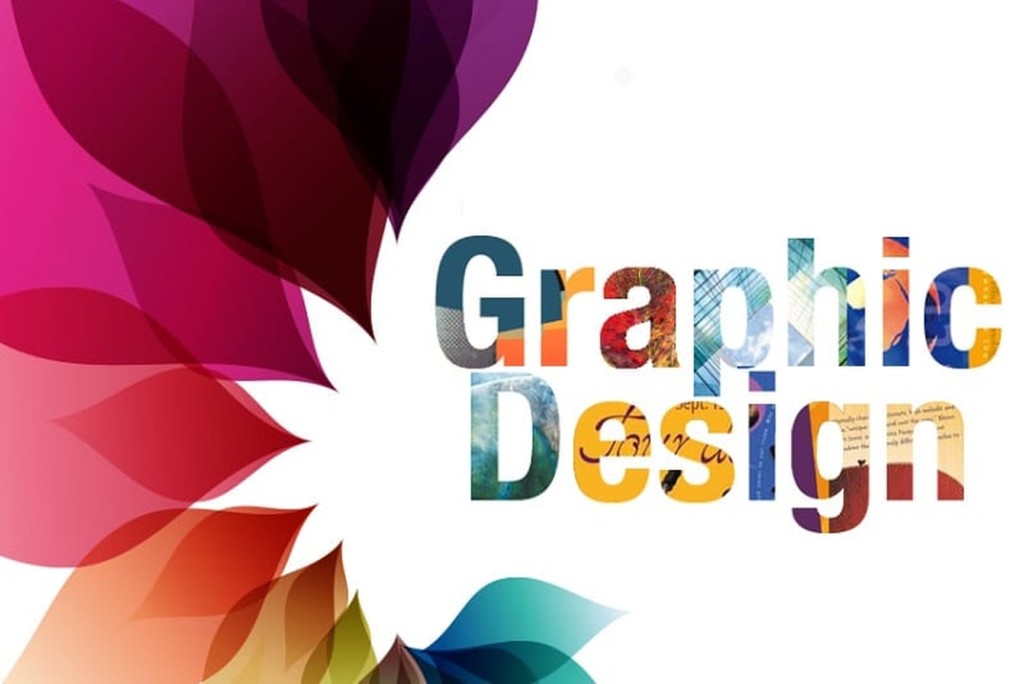
Verbal Communication
Most graphic designers only observe written communication practices and use a database with pre written essays online to generate ideas for new content. They understand design to be more of visual communication rather than spoken. Verbal communication is essential for you to discuss and sell your ideas at your job. Since graphic design is a client service, this skill helps you to identify customer needs. The client’s initial input and continuous feedback throughout the project are critical. There are also instances when clients worry if you fail to update them regularly. In such scenarios, verbal communication is more meaningful than written. You will need to reassure them that there is progress and you value them.
The significance of verbal communication extends beyond the design process. You will also need to make a presentation to your client once you complete your design. Here, you must present your final product in a language that the client understands. The field’s jargon or technical language during your presentation confuses clients. The self-employed must have this skill among the various skills of a graphic designer. To improve your verbal communication, you must make yourself accessible and avoid jargon. Additionally, encourage the client to give you feedback throughout the design process. Moreover, avoid making a habit of not explaining why your work in a certain way.
Creativity
We always assume that every graphic designer is creative because all they do is create. Are you able to implement the ideas that you have conjured? What drives you to use a specific color? Or use a particular kind of typography? If you answer these, you will tap into the real potential of your creativeness. Creativity is the most obvious yet significant of all the skills needs to be a graphic designer.
Software and Programming Skills
Software skills such as Adobe Photoshop, and Illustrator is vital in graphics design. Also, programming languages such as C, C++, HTML to mention a few are essential graphic design skills. Your skill in these programs and languages will help bring your ideas to life. Graphics programming can be overwhelming for beginners. If you are a beginner in coding, try and write code before you consider rendering images. Watch tutorials from online repositories done by experts in your field. YouTube has several step-by-step videos on coding. Gain knowledge in different languages, ranging from HTML to complex ones like Java.

Sketching
Sketching is among the most crucial graphic designer skills. Its significance cuts across disciplines. From architecture to IT (graphic design), sketching helps in selling an idea. Sketched thumbnails save designers time so that they get approval from the client. Graphic designers also explore and develop many concepts in a short period. They are useful in getting a glimpse of the layout of the final product. Thus, they help you as a designer to assess your choices. Sketches also ensure that you include all the necessary elements. Drawing is not an essential skill for a graphic designer but an added advantage.
Be it a sticker design, logo design, t-shirt design, or anything else, sketching helps you improve your thought process.
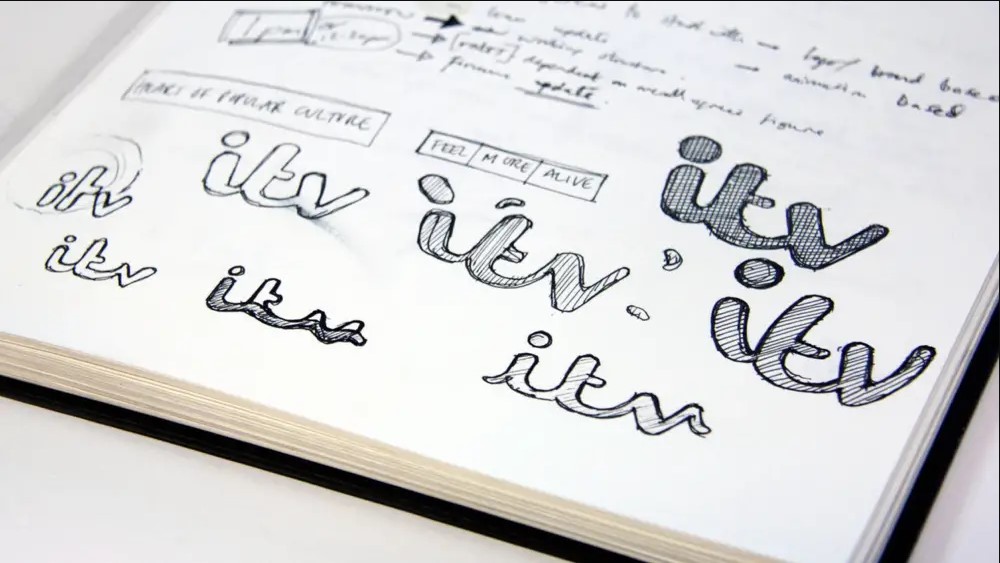
Research
Many individuals do not understand that graphic design is about problem-solving. Thus, employers look for people capable of developing new ideas. The best approach to expanding your knowledge and developing new ideas is through extensive research. Sometimes you get briefs that you know very little about, and you need more information in different sources like website essay writing service. Researching will inspire you to create exciting work. These skills give you more original ideas for future projects of a similar nature. Be sure to update research into your graphic design resume skills. Employers look for problem solvers.
Time Management
Often, you will face tight deadlines depending on the complexity of the project. Professional graphic designing requires the capability to adapt to various timelines for a timely delivery. You will need to adopt at multiple time management strategies that will help you in design. Are you capable of minimizing disruptions? Can you limit exploring minor models? Have you set the number of tests for a specific configuration? Do you still create redline design specs by hand or use tools?
Presentation Skills
Whether it’s presenting an idea to your employer or a client, your presentation skills say a lot about you. Designers with the least graphic design experience face difficulties in this area. No matter your experience level, you capable of building confidence for presentations. You should be able to communicate your ideas in a clear and concise way depending on your audience size. A Large audience needs one to use interactive media and organizational skills. Your confidence during presentations will help you communicate as you intended.
Attention to Detail
Though people often overlook it, attention to detail is the strongest practical skill. Employers list it as one of the graphic designer qualifications for various reasons. First, individuals with this skill deliver the most accurate result in their tasks. My mentor mentions that beauty in design is in detail. Thus, to achieve high quality, pay close attention to detail.
Author’s Bio: Kenny Gill is a skilled content manager at CustomEssayOrder. He is an intense traveler and dog lover. Kenny majored in Linguistics, he has worked as an English educator for several years and later offered to become a good ESL teacher within an application for refugees.



